
Smartphone photography isn’t just getting better, it’s evolving into something we once only associated with high-end mirrorless systems. The best camera phones of 2025 aren’t just throwing megapixels at the problem.
They’re packing periscope lenses, massive sensors, dedicated imaging chips, and even pro-level accessories. If you care about serious photography or just want the cleanest shots for your social feed, these are the seven smartphones that should be on your shortlist.
iPhone 16 Pro / Pro Max
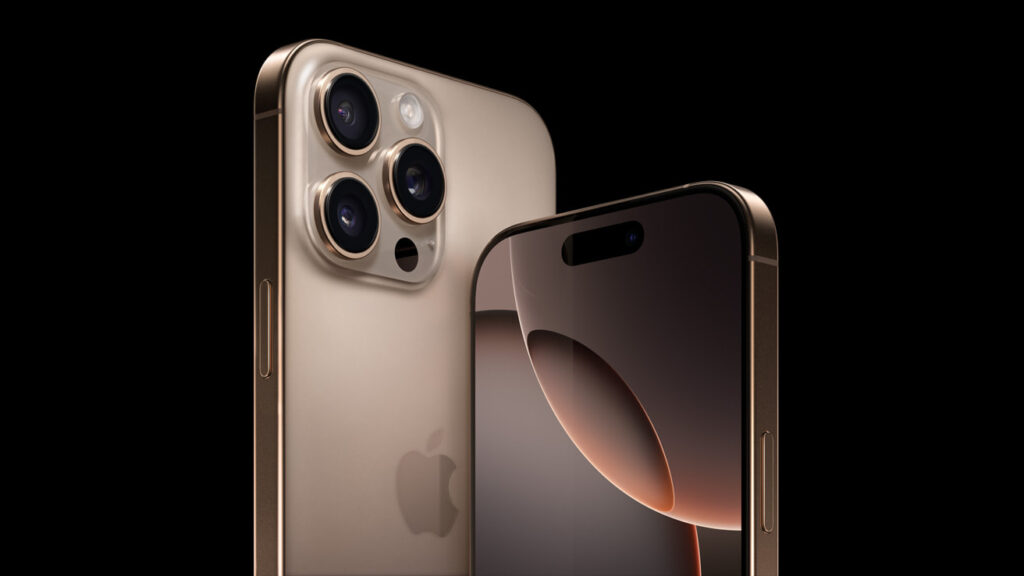
Apple’s latest Pro iPhones might not look dramatically different, but under the titanium shell is the most refined camera system it’s ever made. Both the 16 Pro and 16 Pro Max now share the coveted 5x 120mm telephoto, finally giving the smaller Pro the reach it lacked.
The triple-camera system is built around a new 48MP “fusion” main sensor with second-gen quad-pixel tech. You get zero shutter lag in 48MP ProRAW, and the ultra-wide has also been upgraded to a 48MP sensor with macro support. The real magic, though, is in the software. There’s now support for 4K@120 slo-mo, Spatial Audio capture, and machine learning-assisted “studio mix” audio that isolates voices from background noise, perfect for content creators.
Best for: Consistent image processing, seamless integration with Apple’s ecosystem, and pro-grade video features like ProRes and Dolby Vision.
Xiaomi 15 Ultra
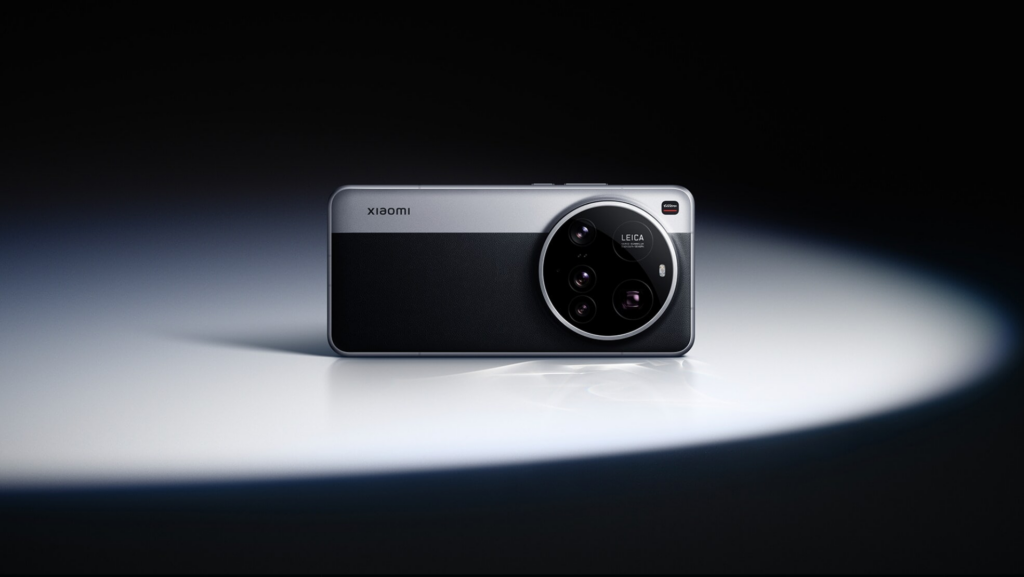
Xiaomi’s 15 Ultra might be the most overbuilt camera phone in existence, and that’s a compliment. With a 1-inch type 50MP Leica main sensor, an ultra-wide, a 3X floating telephoto, and a mind-bending 200MP periscope zoom, this is the closest a phone’s gotten to a Swiss Army knife for photography.
What sets it apart isn’t just the hardware but the cinematography toolkit. It supports 4K@120 from its 100mm telephoto, 10-bit Log recording on all lenses, and is the first Android phone to receive ACES certification for pro-level color accuracy. If that’s not enough, Xiaomi sells a photography kit with a physical shutter grip, filter mounts, and an extra 2000mAh battery.
Best for: Enthusiasts and professionals who want full manual control and cinematic video capabilities.
Samsung Galaxy S25 Ultra
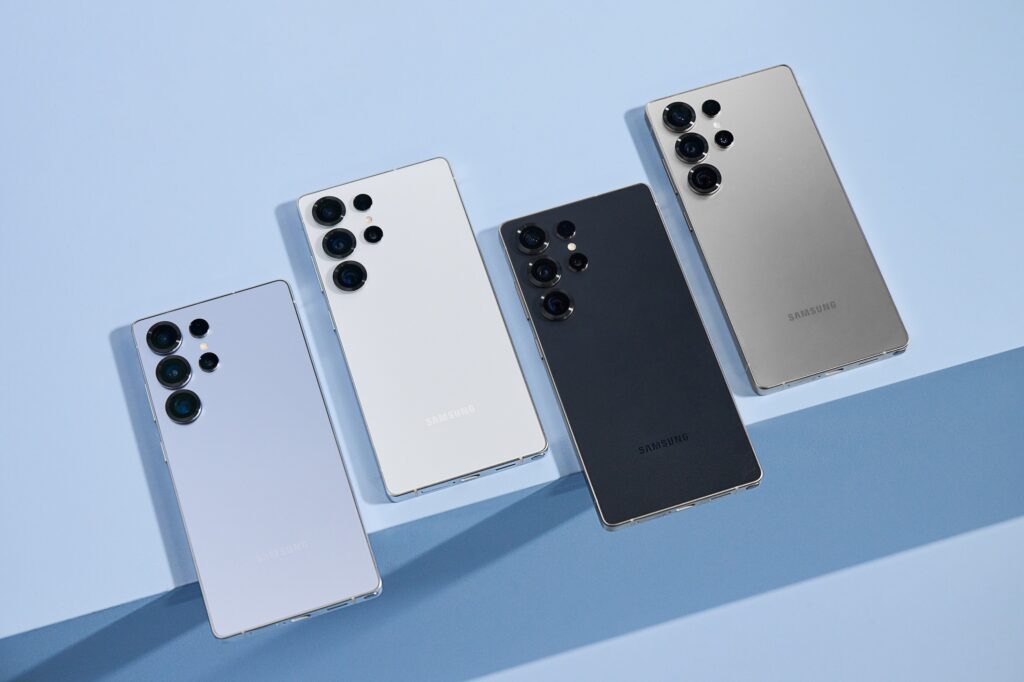
The Galaxy S25 Ultra sticks with the tried-and-tested formula, massive screen, S Pen, and a quad-camera setup, but polishes it further. The star remains the 200MP main camera, flanked by a 50MP ultra-wide, a 3x telephoto, and a second 50MP periscope telephoto capable of 5x optical and 100x Space Zoom.
While Samsung’s image processing still leans toward saturated colors, its latest ISP improvements have narrowed the gap in dynamic range and low-light performance. It also does 8K@30 and 4K@60 across its lenses, and it’s still one of the best when it comes to AI-driven detail enhancement.
Best for: Zoom photography, versatility across focal lengths, and hybrid work/play users.
Vivo X200 Ultra

Vivo is quietly building some of the best camera hardware in the business, and the X200 Ultra is arguably its magnum opus. It features dual 50MP Sony LYT-818 sensors for its main and ultra-wide cameras, and a stunning 200MP HP9 periscope telephoto with Zeiss APO optics and a new prism system.
But the real kicker is the dual imaging chips: VS1 handles preprocessing, while V3+ does the heavy lifting on final image rendering. You get 4K@120fps movie-style slo-mo, 10-bit log video, and a literal photographer’s kit with a detachable grip, zoom dial, and extra battery. This is not a phone, it’s a portable camera rig that just happens to run Android.
Best for: Video creators who want full cinematic control and high-quality zoom optics.
Pixel 9 Pro XL
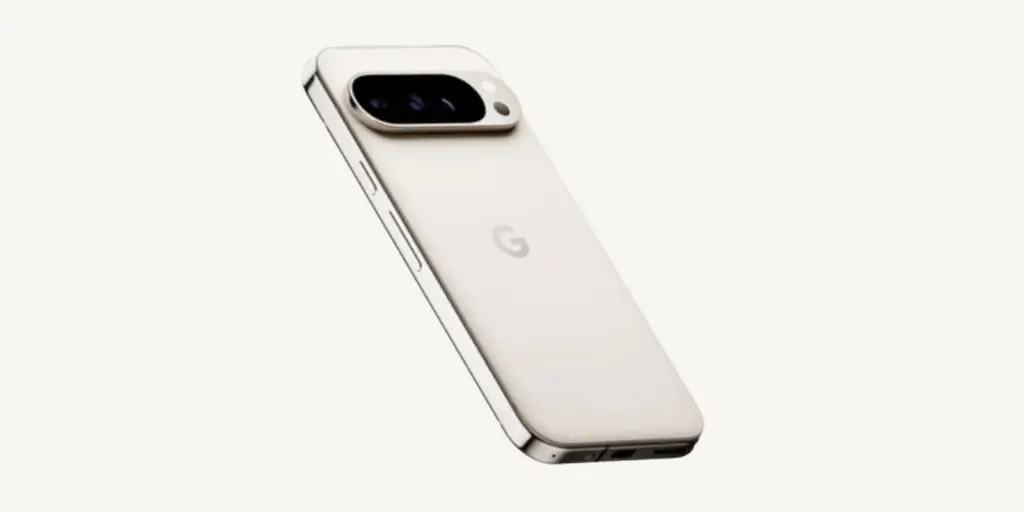
While the Pixel 9 Pro XL’s camera specs don’t scream “hardware brute,” the photos it produces absolutely do. Google‘s Tensor G4 and AI-first approach mean the Pixel captures stunning shots with minimal user input. It combines a 50MP GNK sensor, 48MP ultra-wide, and a 5x 48MP telephoto to create balanced, detailed, and high-dynamic-range images.
The software experience is packed with smart features: Best Take automatically blends group shots, Magic Editor lets you move subjects after the shot, and Real Tone continues to be the most accurate at representing diverse skin tones. Add in 4K@60 video across all lenses and seven years of updates, and it’s a compelling choice.
Best for: Effortless point-and-shoot photography with next-gen AI magic.
Oppo Find X8 Pro
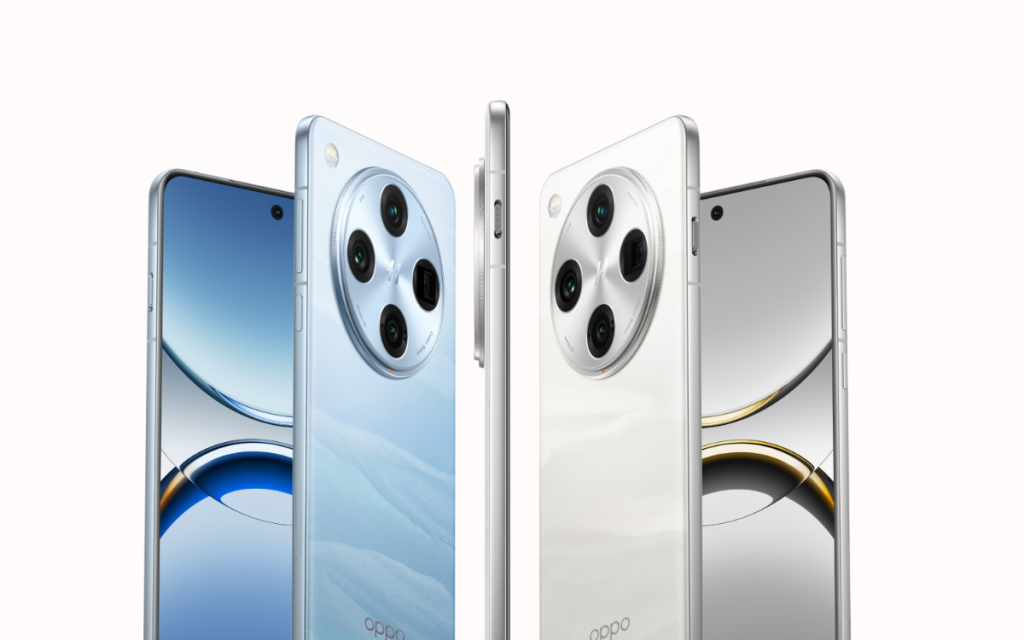
Oppo’s Find X8 Pro flies slightly under the radar but punches way above its weight. Its triple 50MP setup includes a LYT-808 main sensor, a high-res ultra-wide, and dual periscope telephotos, one with 6x zoom. The camera stack is co-developed with Hasselblad, so portrait rendering and color tuning are excellent out of the box.
It supports up to 120x digital zoom, and the display is among the best you’ll see on a phone: a 6.78-inch AMOLED panel with a blinding 4500 nits peak brightness. On the video front, it holds its own with Dolby Vision and strong stabilization, though it’s a step behind Vivo and Xiaomi in pro features.
Best for: Vivid shots, zoom flexibility, and Hasselblad-tuned portrait profiles.
Vivo X200 Pro
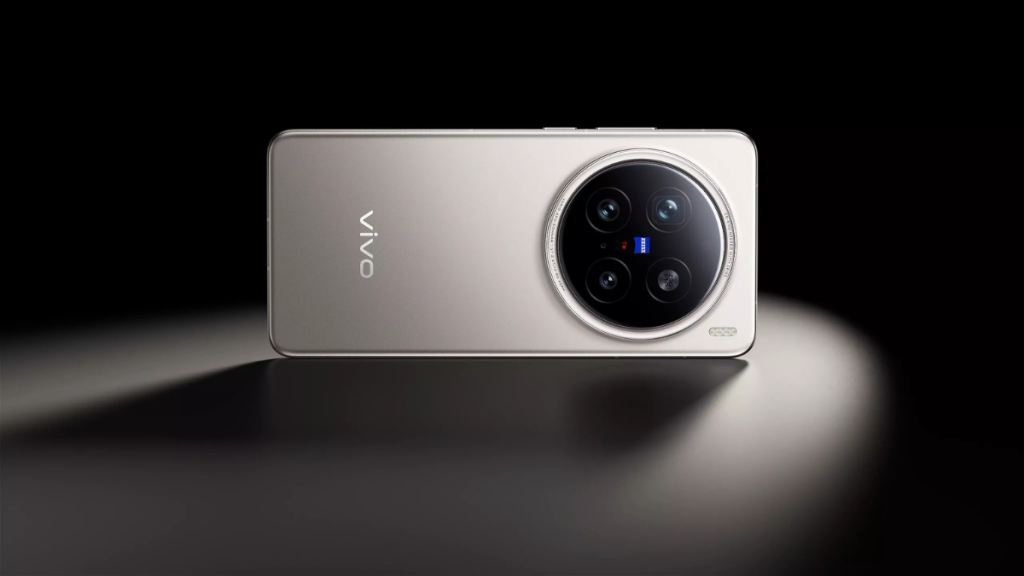
Sitting just below the Ultra, the X200 Pro still carries the impressive 200MP HP9 telephoto sensor and the same 50MP Sony main sensor found in its more expensive sibling. You don’t get the dual imaging chips, but it still pulls off 4K@120fps slow motion, Dolby Vision, and full-focal-length log shooting.
At 6000mAh, the battery is massive. The build is also flagship-grade with IP68/69 ratings, and you still get Zeiss APO-certified optics with excellent color fidelity. It’s arguably the best value camera phone in this lineup, especially for telephoto lovers.
Best for: Users who want Vivo’s excellent imaging in a slightly smaller, more affordable package.
The Bottom Line
Choosing the best camera phone in 2025 depends less on the megapixels and more on your shooting style. Want the best auto mode? Grab the Pixel. Need total manual control and accessories? Xiaomi and Vivo have you covered. Want a balance of everything with zero learning curve? Apple still nails it.
Regardless of where you land, we’re officially in the era where your phone can outshoot a dedicated camera, for most things that matter. And these seven devices prove it.
For more daily updates, please visit our News Section.
Stay ahead in tech! Join our Telegram community and sign up for our daily newsletter of top stories! 
The post The 7 Best Camera Phones You Can Buy Right Now appeared first on Gizmochina.








